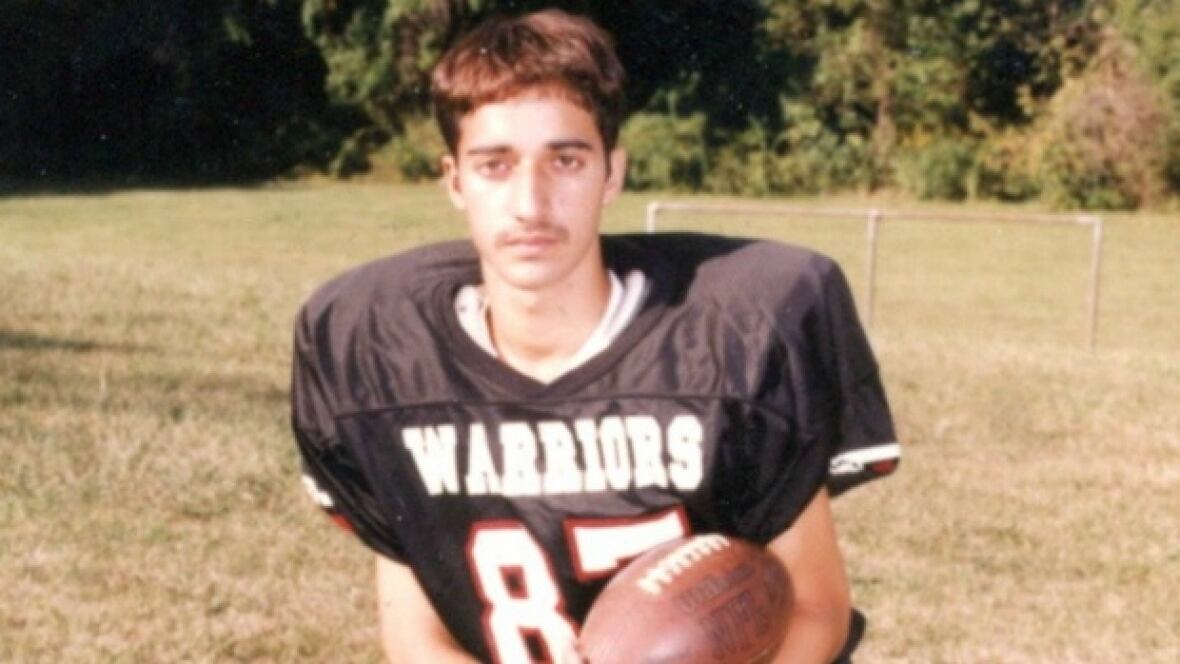Making a Murderer: Netflix series feeds our true-crime obsession
How the latest arrival in a wave of reality-focused TV engrosses audiences

It's been a decade in the making, but its popularity has been nearly instantaneous.
Making a Murderer — Netflix's hot new series released on Dec. 18 — is only the latest in a new wave of true-crime docudramas feeding a seemingly insatiable public appetite for the genre.
- Robert Durst, HBO's The Jinx and our obsession with real-time crime solving
- Popular Serial podcast renewed for 2 more seasons
- Serial's Adnan Syed wins chance to call Asia McClain as alibi witness
The series — shot over 10 years by filmmakers Moira Demos and Laura Ricciardi — centres on Steven Avery, a Wisconsin man who served 18 years in prison on a rape conviction before being exonerated by DNA evidence. Avery was released in 2003, only to be sent back to jail two years later for the murder of a young photographer.
Much has been said about the lack of narration in Making a Murderer. It heavily relies on interviews and old media reports to tell Avery's tale.
And Netflix's release format — dumping all 10 episodes at once — has helped spur the show's popularity by allowing viewers to watch the entire series over the holidays, despite the fact it isn't exactly feel-good TV for the season.
"We had always hoped that we would construct a narrative that really would draw viewers in and make them feel they were on the ground with us and inside the action," Ricciardi said in an interview with CBC News.
"Sure, this is a crime story; we're following a case. But it's also a story about government accountability, it's also a family drama — it has all of these ingredients, and people are really responding to different aspects of it."
Making A Murderer follows in the footsteps of some widely popular true-crime docudramas that helped to prime its audience.
The renaissance of the genre has been largely attributed to Serial, a podcast released in October 2014 that delved into the 1999 strangling death of Baltimore high-school student Hae Min Lee. It featured in-depth, not-usually-heard interviews with the man convicted of Min Lee's murder, her ex-boyfriend Adnan Syed, who was 17 at the time of his arrest.

Serial was an overnight sensation, becoming the fastest podcast in iTunes history to reach five million downloads/streams — an impressive feat for a format that has traditionally played on the fringes.
Serial is now in its second season, following the tale of Taliban-captured U.S. soldier Sgt. Bowe Bergdahl, and is set to be adapted into a "making of" TV series.
- Q: Making a Murderer feeds appetite for intensive true crime
- Best of Q: Serial taps into appetite for slow-burning storytelling
- Life after Serial: 5 podcasts to follow in wake of Season 1
A few months later came The Jinx, an HBO miniseries about the reclusive millionaire Robert Durst and his connections to three mysterious deaths. The show's popularity reached a fever pitch when Durst was arrested on a first-degree murder charge in the death of L.A. writer Susan Berman the day before the finale aired.

FX is also set to dabble in the genre with its series American Crime Story, airing Feb. 2. Its first season, The People v. O.J. Simpson, is a retelling of the infamous 1994-95 murder trial that dominated U.S. headlines for months.
"I think the timing of when (Making A Murderer) was released was great both in terms of the medium … but also in terms of what's going on in the world today," said Demos.
"The idea that maybe those in power aren't always being held in check and aren't always answering to the people … Even that question, I think, is tapping into what people are interested in right now."
Shane Smith, director of programming at Canada's documentary film festival, Hot Docs, called the series "smartly structured." He's been tuning in and said he's "hooked."
"It's structured like a soap opera: you're watching an episode, there's a cliffhanger at the end, you can't wait to watch the next episode and the stakes are high," he said. "These are real people's lives that are being impacted."
Smith suggested the "Netflix effect" can create large-scale impact, adding that documentaries are an art form that can "change lives."
"Movements can form, petitions can be started, social media can go crazy buzzing about this new show that everybody's able to watch at the same time, in the same way, in multiple countries," he said. "It can become a global phenomenon … a show broadcast on one network, in one country, over 10 weeks really sort of dissipates its power."
According to the filmmakers, that feeling of encouraging social justice was a driving force behind Making a Murderer.
"Our main hope, really, is that people will have a new view of the American criminal justice system, that there will be a newfound appreciation for the complexity of these matters and that people will be more tolerant of the ambiguity of these matters," said Ricciardi.
With files from Kim Brunhuber and Deana Sumanac-Johnson

